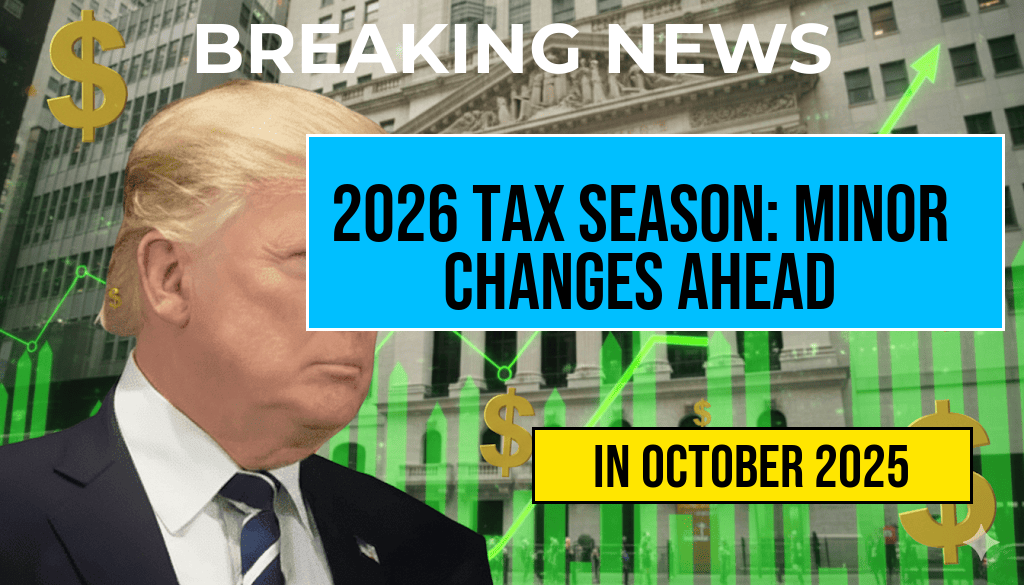The Social Security Administration is set to implement a 2.7% cost-of-living adjustment (COLA) in 2026, translating to an average increase of approximately $54 per month for beneficiaries. This adjustment aims to address the rising cost of living and inflation, which have increasingly burdened retirees and those relying on Social Security for financial stability. The COLA is calculated using the Consumer Price Index (CPI), reflecting changes in expenses that affect seniors and other beneficiaries. As inflation concerns continue to ripple through the economy, this increase will provide much-needed relief to millions of Americans.
Understanding the Cost-of-Living Adjustment
The annual COLA is a critical feature of the Social Security program, designed to ensure that benefits keep pace with inflation. The adjustment is determined based on data from the Consumer Price Index for Urban Wage Earners and Clerical Workers (CPI-W), which measures price changes for a basket of goods and services commonly purchased by consumers. In 2026, the projected 2.7% adjustment represents a modest increase compared to recent years, where beneficiaries saw more significant raises due to higher inflation rates.
Implications for Social Security Beneficiaries
The anticipated increase will affect various groups relying on Social Security, including retirees, disabled individuals, and survivors of deceased workers. Here’s a breakdown of how the increase may impact different demographics:
- Retirees: Approximately 50 million Americans aged 65 and older will benefit from this increase, providing essential support for those on fixed incomes.
- Disabled Workers: Around 8 million disabled workers will also receive a boost in their monthly benefits, which can help cover rising medical and living costs.
- Survivors: Families of deceased workers who receive survivor benefits will see similar increases, aiding in financial stability during challenging times.
Historical Context of Social Security Adjustments
Historically, COLA adjustments have varied significantly from year to year, particularly in response to shifting economic conditions. For instance, beneficiaries received a 5.9% increase in 2022, the highest in decades, due to surging inflation driven by the COVID-19 pandemic and subsequent economic recovery. In contrast, the 2.7% adjustment for 2026 reflects a more stabilized inflation rate, but it still aims to provide necessary support to those most affected by rising living costs.
Economic Factors Influencing COLA Adjustments
Several factors contribute to the determination of COLA adjustments, including:
- Inflation Rates: Sustained inflation impacts the purchasing power of Social Security benefits, necessitating adjustments to maintain financial equilibrium.
- Consumer Spending: Changes in consumer behavior and spending patterns also play a role in shaping the COLA, as they reflect the financial realities faced by beneficiaries.
- Economic Growth: Overall economic growth and labor market conditions can influence the fiscal health of the Social Security Trust Fund, affecting future adjustments.
Future Projections for Social Security
Looking ahead, the Social Security Administration continues to face challenges related to funding and sustainability. According to the 2023 Trustees Report, the Social Security Trust Fund is projected to be depleted by 2035 if no legislative changes are made. This situation underscores the importance of ongoing discussions about reforming the system to ensure its long-term viability.
Conclusion of the Social Security COLA for 2026
The expected $54/month increase for 2026 represents a crucial adjustment for millions of Americans relying on Social Security benefits. As inflation continues to be a pressing concern, this COLA will provide necessary financial support to help beneficiaries navigate the challenges of rising costs. Stakeholders and policymakers are urged to consider the implications of these adjustments as they work towards ensuring the financial stability of the Social Security program for future generations.
For more detailed information on Social Security benefits and adjustments, visit the Social Security Administration’s official website or consult the Forbes article on COLA projections.
Frequently Asked Questions
What is the expected Social Security increase for 2026?
The expected Social Security increase for 2026 is approximately $54 per month, driven by a 2.7% COLA (Cost-of-Living Adjustment).
What does COLA stand for?
COLA stands for Cost-of-Living Adjustment, which is an increase in Social Security benefits designed to keep pace with inflation.
How is the COLA percentage determined?
The COLA percentage is determined based on the inflation rate, specifically the Consumer Price Index for Urban Wage Earners and Clerical Workers (CPI-W).
When will the Social Security increase take effect?
The Social Security increase taking into account the 2.7% COLA is expected to take effect in January 2026.
Who will benefit from the Social Security increase?
All recipients of Social Security benefits, including retirees, disabled individuals, and survivors, will benefit from the increase.






